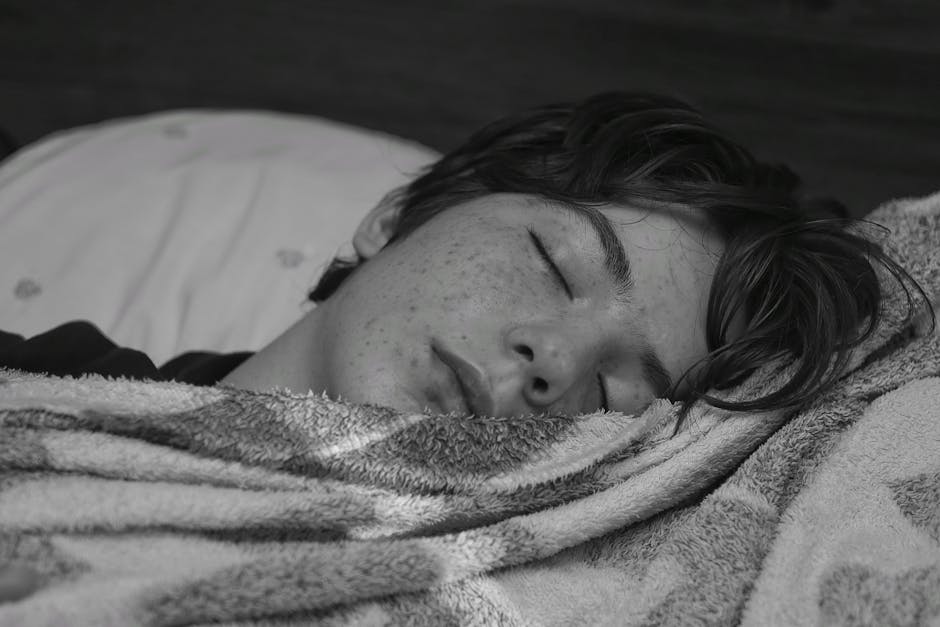Why Sleep Isn’t Optional at the Elite Level
Sleep isn’t just a break it’s where recovery actually happens. For professional athletes, it’s not downtime, it’s prime time. Muscles repair. Hormones reset. The nervous system calibrates. And without enough of it, performance drops fast.
Even small amounts of missed sleep think 1 2 hours can blunt reaction time, fog decision making, and compromise muscle repair. In a sport where milliseconds and movements decide outcomes, that’s the difference between winning and getting benched.
Teams have stopped treating sleep as a personal detail and started treating it like a key performance metric. In fact, as of 2026, close to 40% of pro athletes across leagues now work directly with certified sleep coaches. These experts help dial in personalized schedules, optimize recovery windows, and troubleshoot everything from jet lag to overtraining. The takeaway: sleep isn’t a luxury. It’s part of the training plan.
Deep Repairs: What the Body Actually Does During Sleep
Sleep isn’t just rest it’s a biological overhaul. Each stage of sleep handles a specific job, and for elite athletes, hitting every stage matters. REM sleep is where mental recovery happens. This is the phase tied to memory consolidation, tactical learning, and emotional reset. It’s especially valuable for athletes processing game footage, new plays, or high pressure moments.
Then there’s slow wave sleep (SWS), the body’s maintenance window. This is when tissue repair gets prioritized, muscles rebuild, and the immune system kicks into gear. If you’re lifting heavy or taking hits, this is the phase that pays you back.
Behind the scenes, hormones run the show. Growth hormone key for muscle repair and fat metabolism spikes during SWS. Cortisol, the stress hormone, gets regulated so recovery can continue without interference. Miss sleep, and your system can fall out of sync quickly.
Top tier athletes also make micro adjustments post competition to speed up recovery. That could be manipulating nap timing, using blackout environments for deeper sleep onset, or front loading sleep ahead of high stress periods. These tweaks help keep performance intact, even when the schedule’s chaotic.
Custom Sleep Strategies: No One Size Fits All

Elite athletes don’t follow cookie cutter sleep plans and for good reason. Factors like genetics, body type, training load, and even sport specific roles influence how much and when an athlete needs to sleep. Personalization is key.
Individual Sleep Profiling
Sleep optimization starts with identifying each athlete’s unique biological needs:
Genetics: Some individuals are naturally short sleepers, while others need 9+ hours to function at peak level.
Chronotype: Night owls versus morning types knowing when the body prefers to be active or at rest is crucial.
Positional Demands: A goalie in soccer has different recovery patterns than a midfielder. Power athletes vary widely from endurance athletes in terms of sleep quality and depth requirements.
Case Examples: Different Sports, Different Needs
Basketball Players: Often play late night games and travel frequently. Their plans may include delayed sleep timing, blackout curtains in hotel rooms, and melatonin management for cross time zone games.
Endurance Athletes: Prioritize sleep quality and duration during taper weeks. They often benefit more from earlier bedtimes and extended deep sleep periods to assist in muscle fiber repair and mitochondrial function.
The Role of Wearables and Biometrics
Technology is deeply embedded in modern sleep strategy design. Wearables provide real time insights into sleep cycles, disturbances, and recovery metrics:
Devices like WHOOP, Oura Ring, and Garmin track metrics including HRV (heart rate variability), SpO2 levels, and sleep stage duration.
Teams use this data to modify everything from athlete bedtimes to training intensity based on recovery status.
Insights are also used for load management, helping prevent overtraining and optimize performance peaks.
By combining personal habits with smart tech, athletes ensure they’re not just getting sleep but getting the right kind of sleep.
Training + Sleep: The Synergy
Elite athletes aren’t just dialing in workouts they’re refining when and how they sleep. Training cycles have evolved to be less about grinding nonstop and more about syncing physical output with optimal recovery windows. That means lifting heavy or pushing max heart rates on days when the body is primed thanks in part to quality sleep the night before.
Sleep schedules now move in step with training loads. High intensity phases are backed by longer sleep windows and enforced wind down routines. Lighter training periods may shift sleep slightly to preserve momentum but avoid burnout. It’s all part of a bigger shift: sleep isn’t a nice to have. It’s planned, tracked, and adjusted just like a program’s reps and sets.
Modern periodization models reflect this shift. Coaches are designing calendars that don’t just taper for competition they also engineer rest blocks around travel, hormonal peaks, and sleep cycle data. The goal is to make sure recovery isn’t random. It’s scientific, intentional, and often the edge between good and gold.
Learn more: Understanding Periodization in Sports Training
What Happens When Sleep Is Skipped
When elite athletes cut corners on sleep, the consequences show up fast and they’re not subtle.
Sleep deprivation puts a straight line between physical exhaustion and injury. Reaction times drop. Motor control gets sloppy. The body doesn’t read signals well, which is how quick cuts become twisted ankles and collisions become concussions. Slower reflexes also mean athletes are a half step late more often and at the pro level, that’s enough to get burned or blow a play.
There’s also a hit to emotional regulation. Sleep loss cranks up irritability and anxiety. That’s not just rough in the locker room it affects judgment under pressure, team dynamics, and recovery from tough performances.
On the cellular level, the damage keeps stacking. Sleep is crucial for refueling muscle glycogen the energy reserve you burn through in training or games. Without enough rest, those stores don’t refill properly. The result? You start at a deficit, feel flat in competition, and increase your reliance on compensatory mechanisms like caffeine or sugar which create a vicious cycle.
The immune system takes a hit last, but it hits hard. Recovery from travel, especially for teams crossing time zones, becomes slower. That means lingering fatigue, higher risk of sickness, and less bounce back between games.
Skipping sleep isn’t a hustle. It’s a handicap. And the margins in top tier sports are too thin to carry it.
Takeaway for Serious Athletes
Sleep isn’t recovery’s sidekick it’s the foundation. If you’re training for performance, stack your sleep alongside strength and skill. Skip it, and gains start slipping.
Start thinking in cycles, not just hours. One sleep cycle is about 90 minutes, and the benefits compound when you stack complete ones. Aim for 5 6 full cycles per night. That’s 7.5 to 9 hours, where your body actually gets the chance to repair muscle tissue, balance hormones, and reset mentally. Cut a cycle short, and you’re starting the day with a half loaded battery.
Off the field, create patterns that help protect sleep. Go to bed at the same time, even on off days. Cut screens at least 30 minutes before lights out. Trade your last scroll for breathwork, journaling, or something low signal. The small rituals outside training hours? That’s where better sleep (and better performance) begins.
